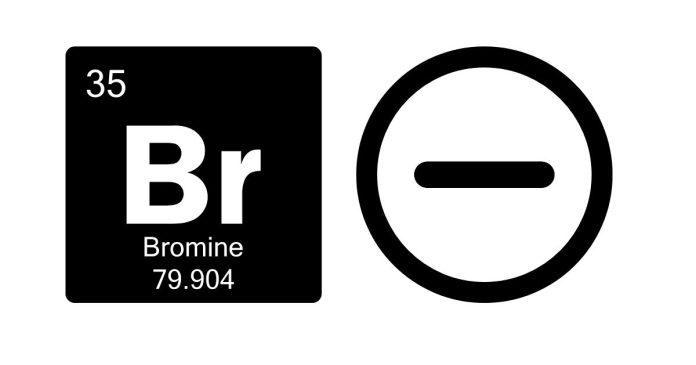What Is the Most Common Ion Charge for Bromine?
If you’ve ever wondered about the ion charge of bromine, you’re not alone. Bromine is a fascinating element with predictable chemical behavior. Let’s explore its most common ion charge and why it occurs.
Bromine and Its Position on the Periodic Table
Bromine is a halogen, found in Group 17 (or VIIA) of the periodic table. Elements in this group share similar chemical properties, including a tendency to gain electrons during reactions.
The Most Common Ion Charge
The most common ion charge for bromine is -1. This occurs because bromine has seven valence electrons in its outer shell. To achieve a stable, full outer shell (similar to a noble gas configuration), bromine gains one electron. By doing so, it forms a negatively charged ion known as the bromide ion (Br⁻).
Why Is -1 the Most Stable Charge?
Atoms strive for stability, and for bromine, this means filling its valence shell. By gaining just one electron, bromine achieves a stable electron configuration with eight electrons in its outermost shell. This makes the -1 charge the most common and stable form of bromine in ionic compounds.
Bromine in Everyday Life
Bromide ions are commonly found in a variety of applications, from photographic film to certain medications. Understanding bromine’s ionic behavior helps scientists and engineers utilize it effectively in these and other fields.
In summary, the most common ion charge for bromine is -1, making it a stable and predictable element in chemical reactions. Whether you’re studying chemistry or simply curious about the periodic table, knowing these basics about bromine can deepen your understanding of how elements interact.


